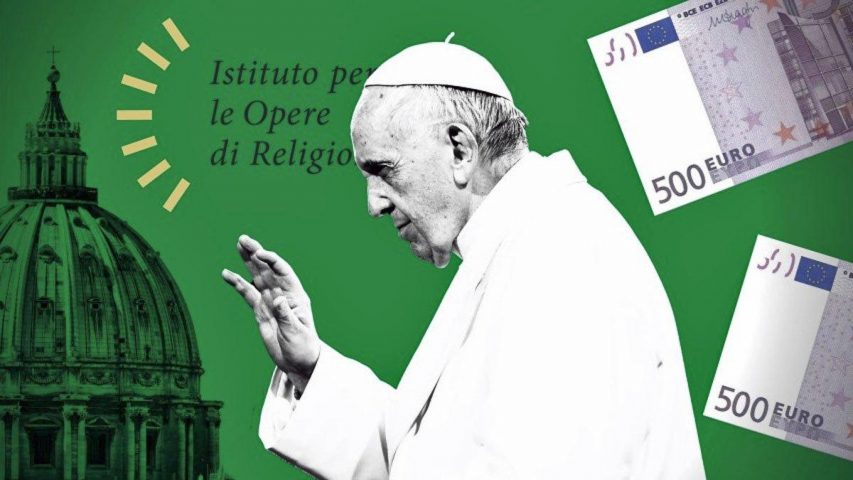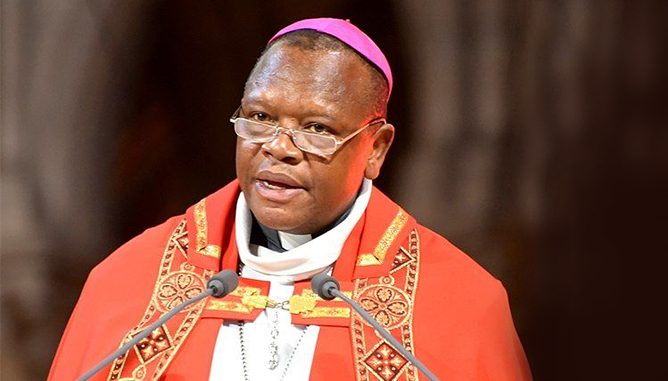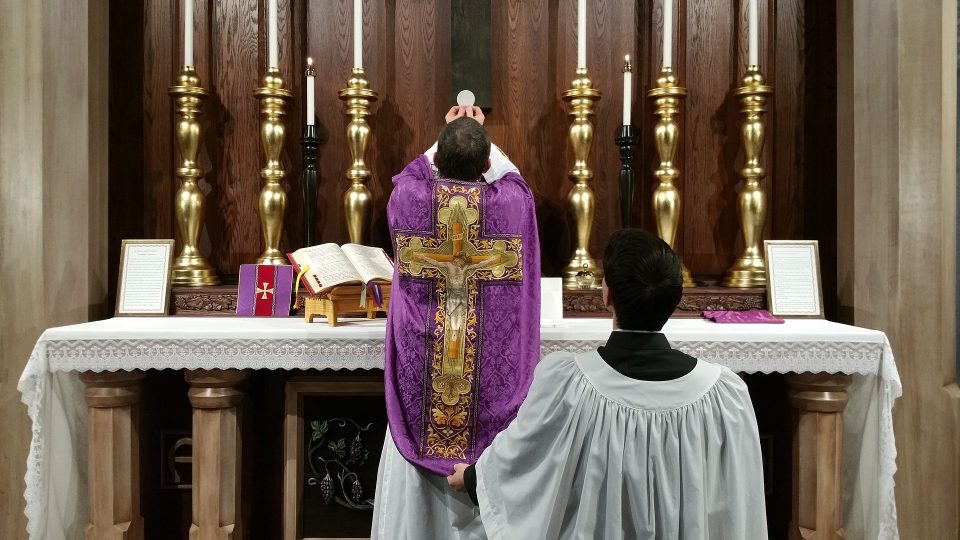Saint of the Day for May 2: St. Athanasius (c. 296 – May 2, 373)
May 2, 2025McCarrick’s Betrayal of Cardinal Zen, The Underground Church, and Traditional Catholic Principles Through Vatican-China Deal, by Tommy Cindric
May 2, 2025
By Silvia Sciorilli Borrelli, Financial Times, (Complicity Clergy), May 1, 2025
Along with the spiritual leadership of the world’s 1.3bn Catholics, the late Pope Francis wrestled with a more temporal task: overseeing the complex and opaque finances of the world’s smallest country. Francis shocked many within the Holy See’s financial institutions with his high-profile anti-corruption drive, which included a 2019 Vatican police raid on the city-state’s own bureaucracy over a questionable property deal.
Despite those efforts, his successor faces a forbidding financial challenge. While generating revenue through tourism, donations and investments, the Vatican operates with a significant budget deficit and its pension fund faces a gaping structural shortfall. When Francis took over in 2013, the Vatican finances had been plagued for decades by disastrous deals and misconduct claims. Nowhere was this more evident than at the Istituto per le Opere di Religione (IOR), the Vatican bank. Founded by Pope Pius XII in 1942 to manage the Vatican’s finances and investments, and to provide secrecy during the second world war, its scandals have encompassed ties to the Mafia and organised crime, claims of dealing in Nazi gold, and links with the mysterious death of a man known as “God’s banker”. Francis set out to put it on a different course — often against stiff opposition from Vatican bureaucrats, traditionalists and powerful figures within the curia who stood to benefit from the status quo.
“The resistance to Pope Francis’s reform agenda has been massive, but things at the IOR have changed, because we have been more resistant than the resistance,” Jean-Baptiste de Franssu, president of the Vatican bank, told the Financial Times. The Vatican bank is where Catholic organisations such as religious orders, charities and dioceses, as well as clergy and church employees, have accounts. It manages about €5.4bn in client assets and recorded a net profit of more than €30mn for 2023. The Vatican-owned lender operates separately from the Administration of the Patrimony of the Apostolic See (Apsa), a de facto sovereign wealth fund for the Holy See, the church administration. The third pillar of the Vatican finances is the Holy See pension fund, a defined benefit scheme for Vatican employees that had an unfunded liability of almost €1.5bn a decade ago, according to financial reports obtained by The Pillar, a Catholic news organisation. That number is likely to have ballooned since, it said.







